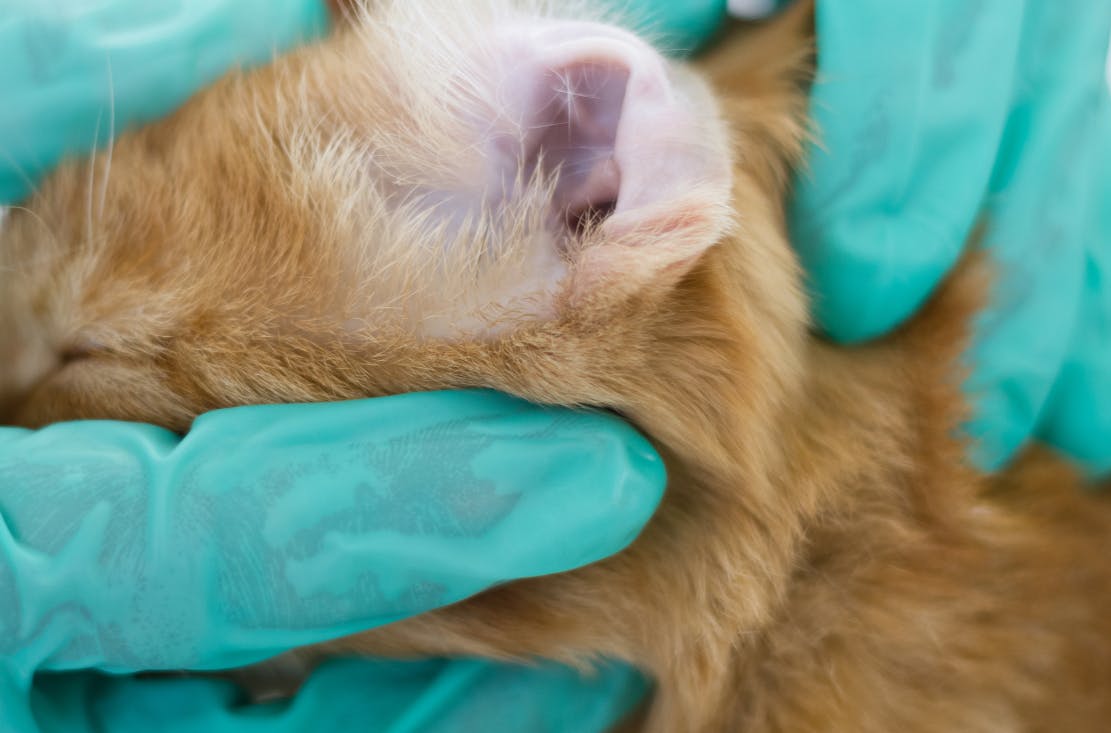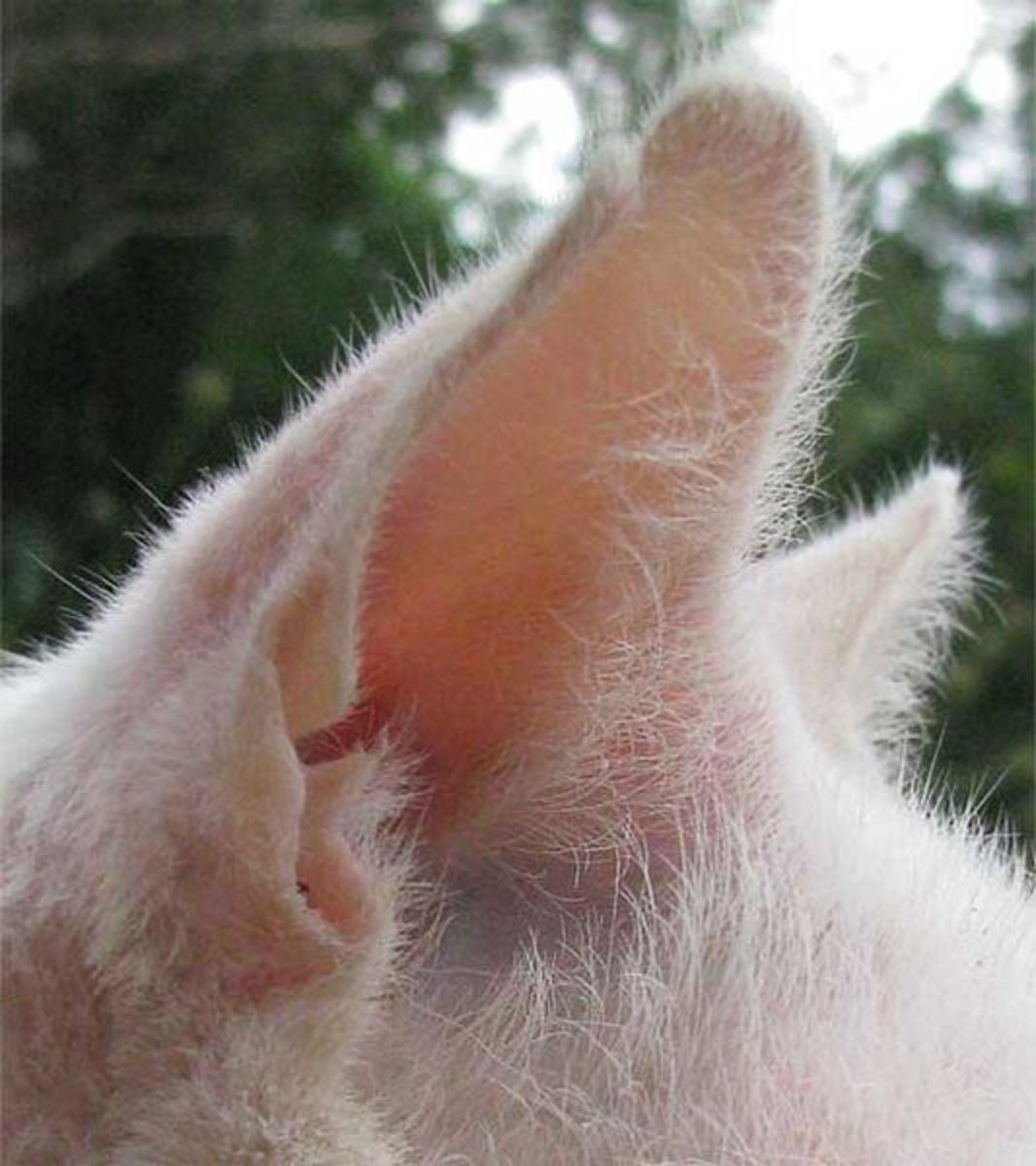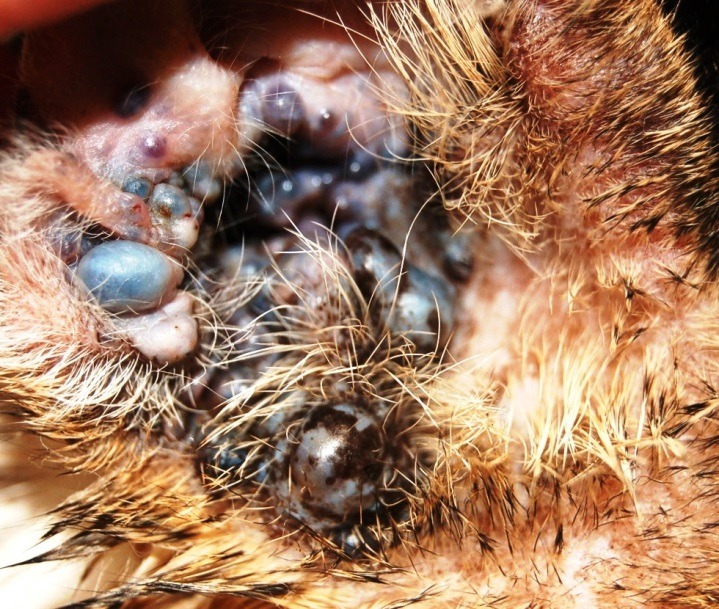Ear Polyps In Cats Symptoms
Some of the symptoms to look for regarding cat ear polyps include.
Ear polyps in cats symptoms. The polyps obstruct the passage of air so affected cats usually develop a distinctive snorting sound as they breathe. Some cats may need to be. Constant shaking of the head. Cats with ear polyps may show signs similar to an ear infection including scratching or shaking the.
To diagnose and treat aural polyps in cats watch for common symptoms including head tilting excessive ear scratching and bloody discharge from the ears. Although nasopharyngeal polyps can occur in any age cat they are often seen in young adult cats. In order to treat aural polyps your vet may recommend surgery or anti inflammatory drugs depending on the severity of the polyps. Polyps or lumps may be visible to the naked eye inside the ear canal but can vary depending on location.
Cats have only a few ways to show us that their ears are bothering them. Ear polyps in cats symptoms signs. Cat ear polyps are unique in that they can mimic simple ear infections initially. The exact cause of ear.
Clinical signs of ear tumors in cats pet owners may note at home include the following. Secondary bacterial infections can develop due to the blockage and accumulation of secretions. Additionally a nasopharyngeal or nasal polyp may be characterized by the difficulty in breathing during physical activity or snoring. The most obvious symptoms of ear tumors in cats is itching and pain of the ears.
This can be smelly and painful for your pet. These polyps may lacerate leading to ear discharge or inner ear bleeding. The most common symptoms of ear problems scratching and head shaking can be caused by many different diseases all of which are treated differently. In dogs they typically extend into the ear canal rather than into the back of the throat nasopharynx.
But as they progress the symptoms will become more pronounced and a cat may start to experience some other symptoms not characteristic of a normal ear infection. The physical presence of the polyp can be irritating and if in the right location interfere with hearing or balance. Signs and diagnosis signs of middle ear disease include shaking of the head scratching the ear rubbing the ear sensitivity when the ear is touched foul odor from the ear and bloody or yellowgreen discharge in the ear canal. Nasopharyngeal polyps impact your cats breathing.
At first the cats will have no clinical signs unless drainage from the middle ear is blocked. Diagnosis is usually based on a thorough exam of the ear canal with an otoscope. If an ear polyp goes untreated it often interferes with an ears normal function resulting in waxy buildup and chronic infections.
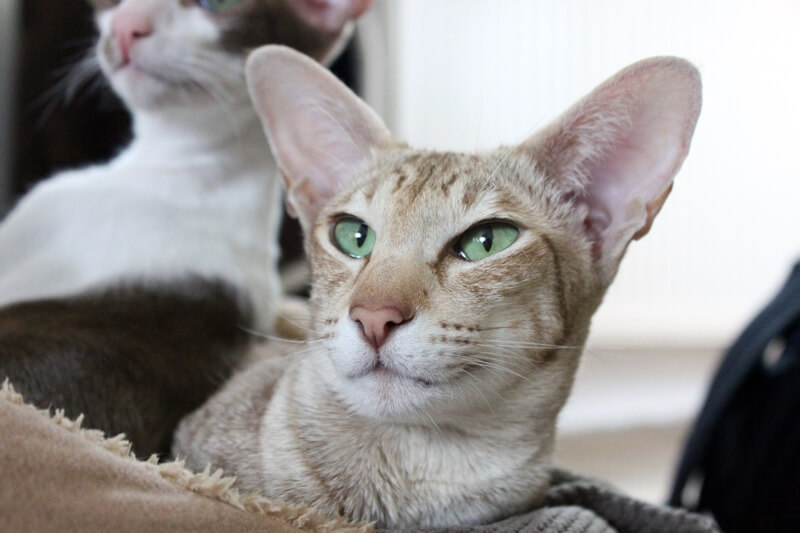


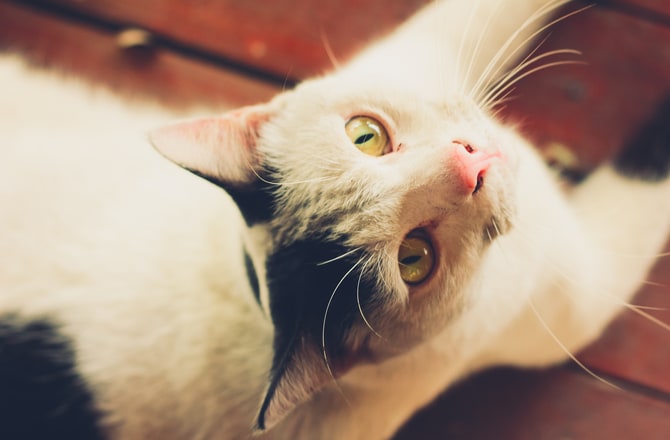



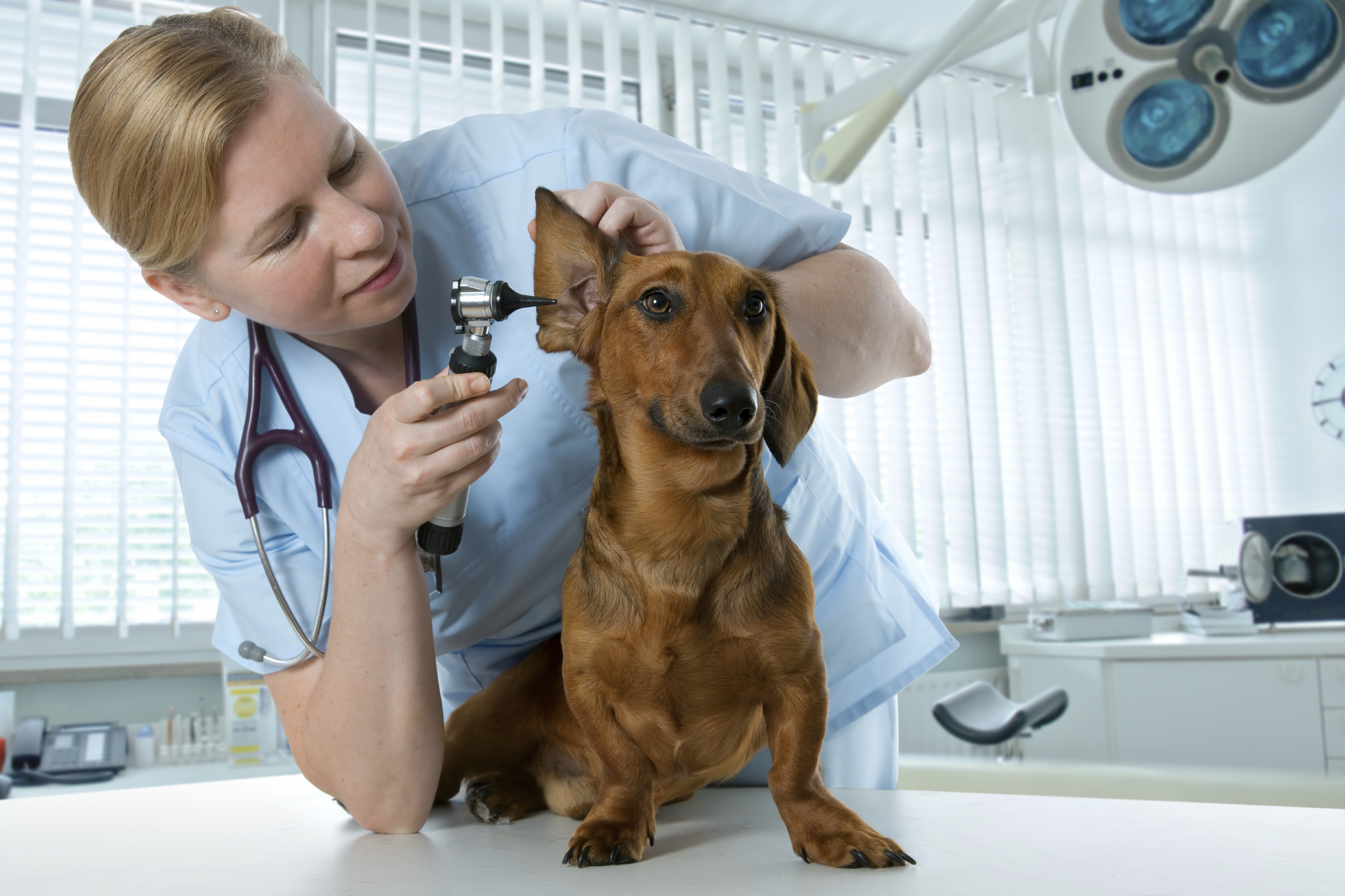



/GettyImages-518904106-a5e102934e6a4726b90793765cc07dd8.jpg)

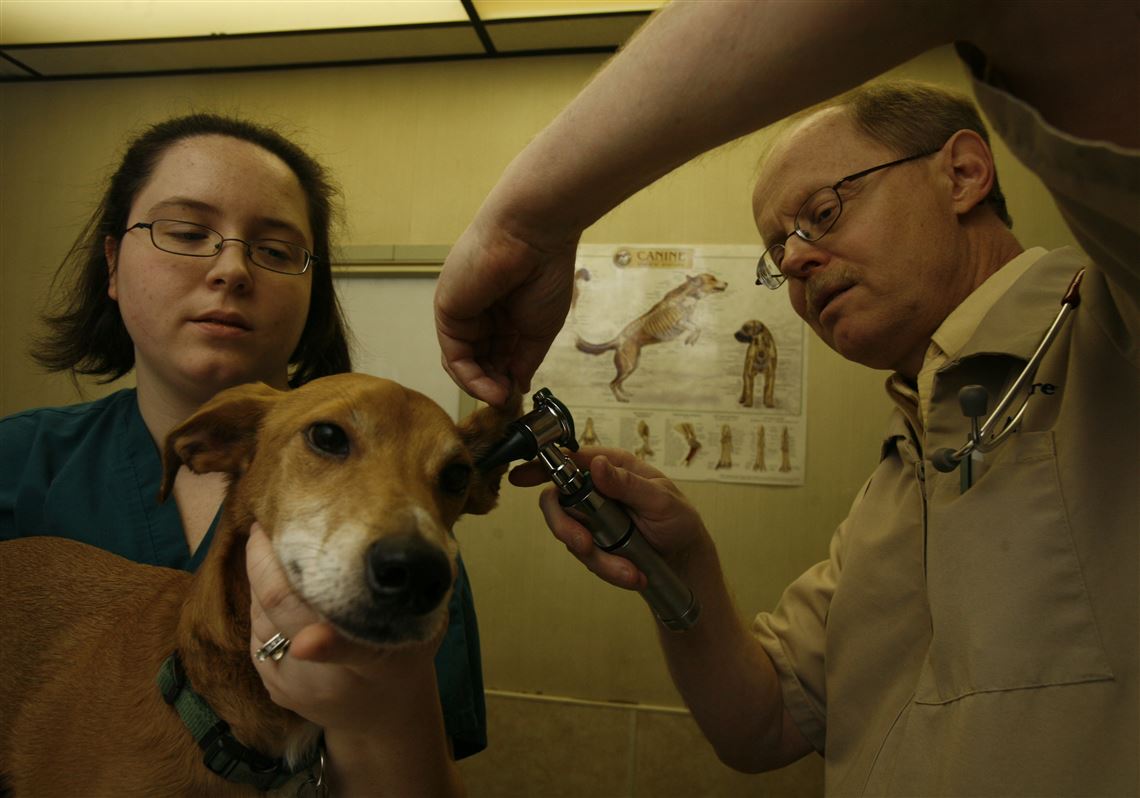
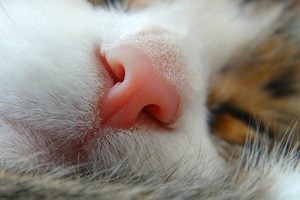


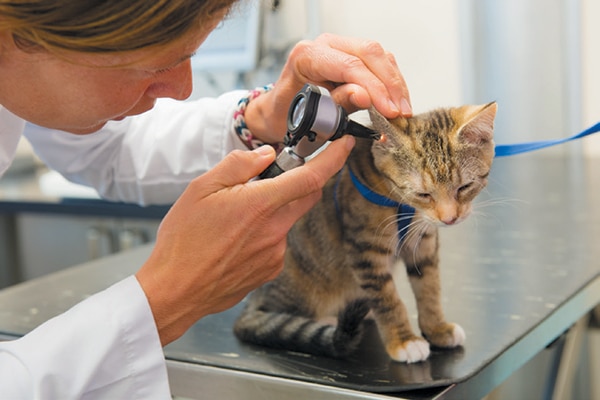
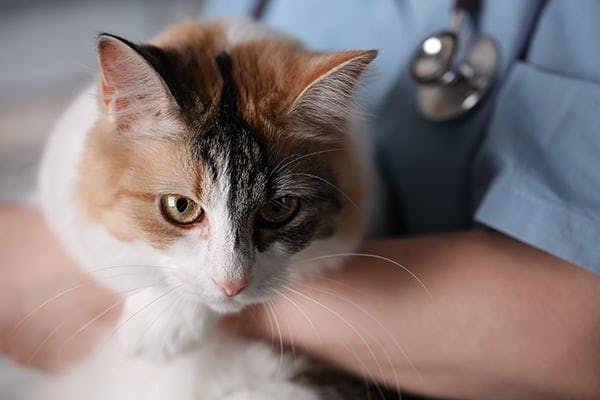


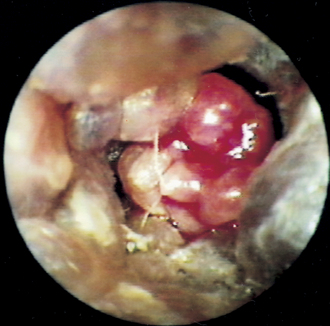
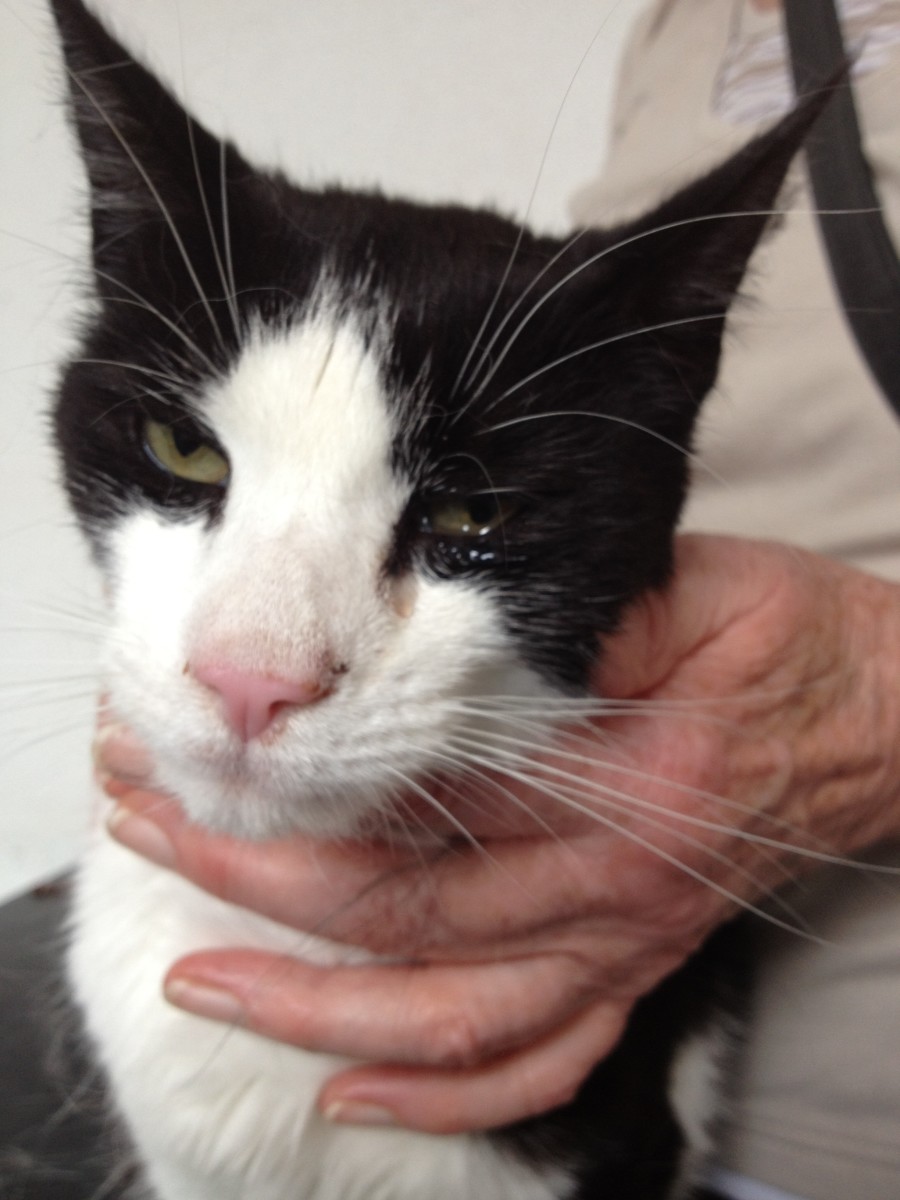




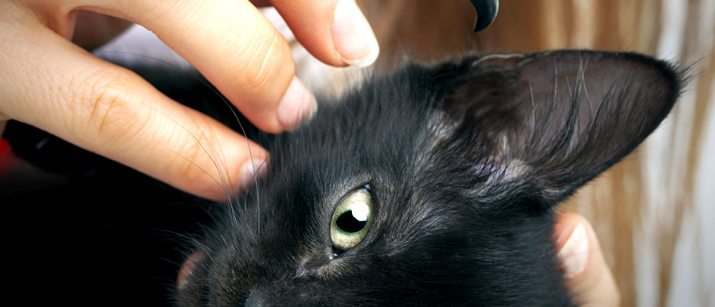


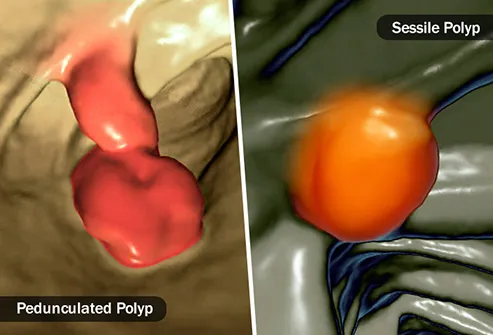
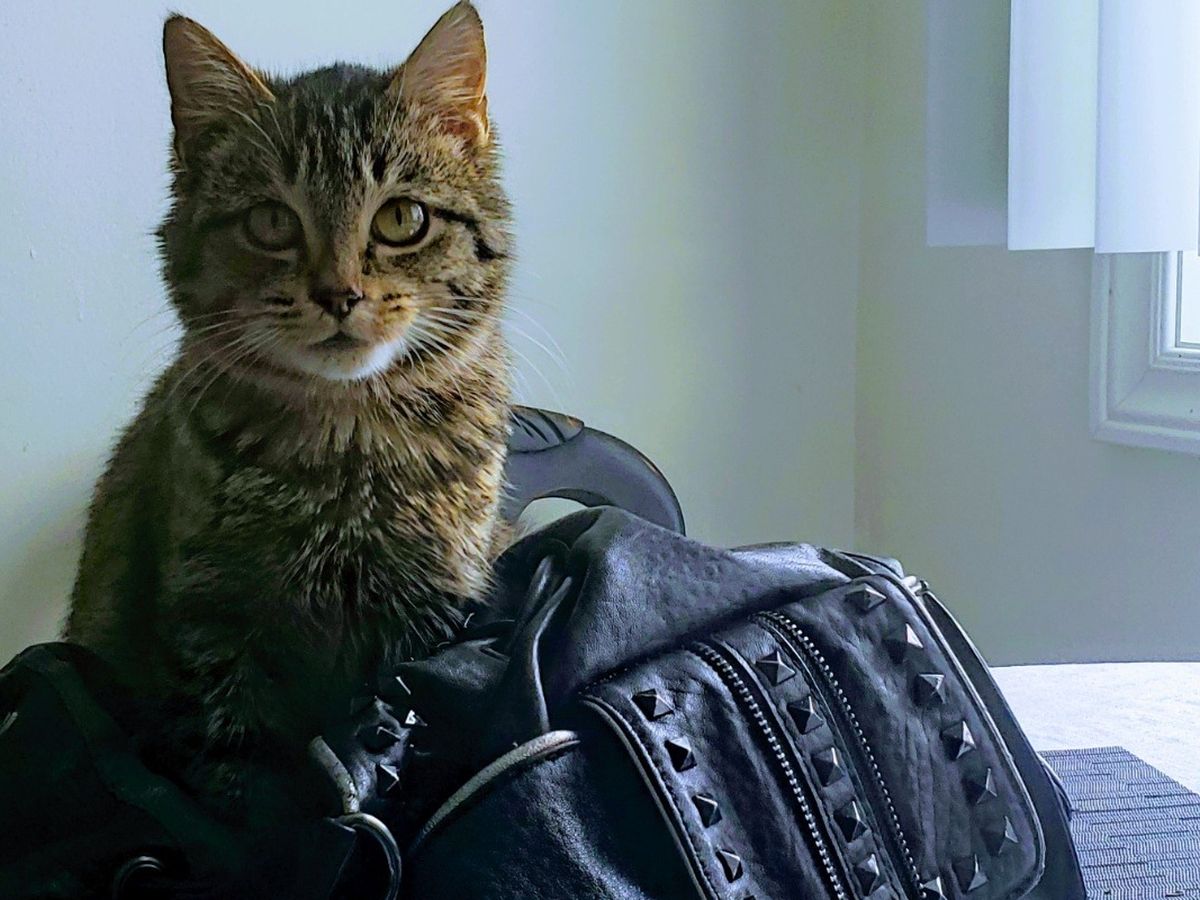











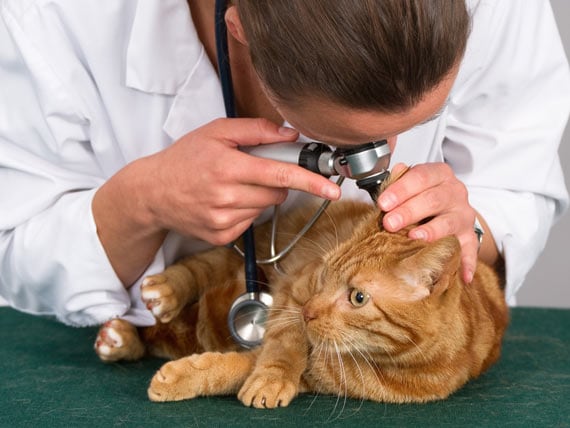
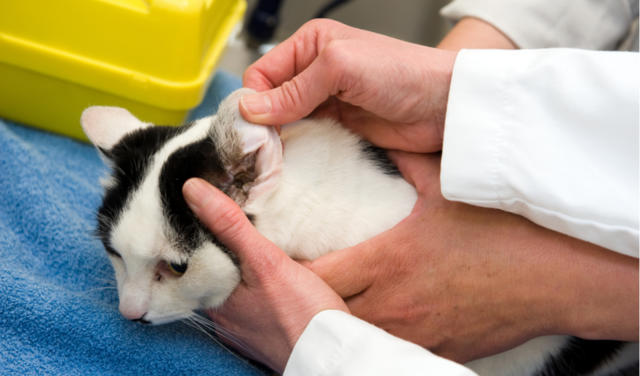
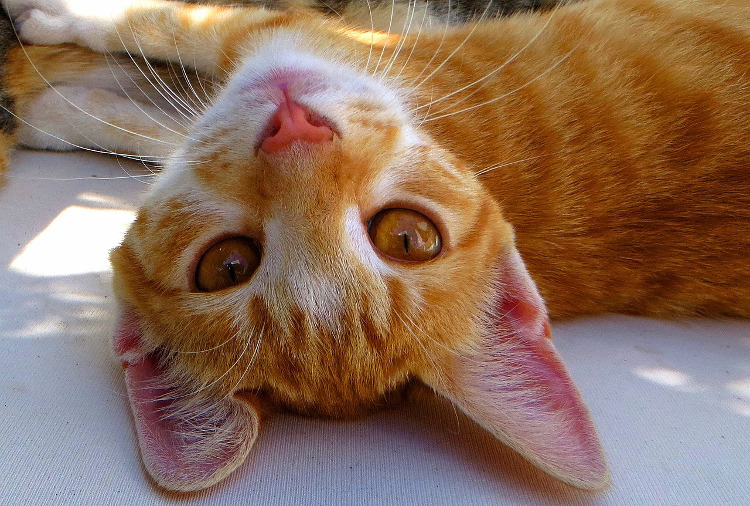
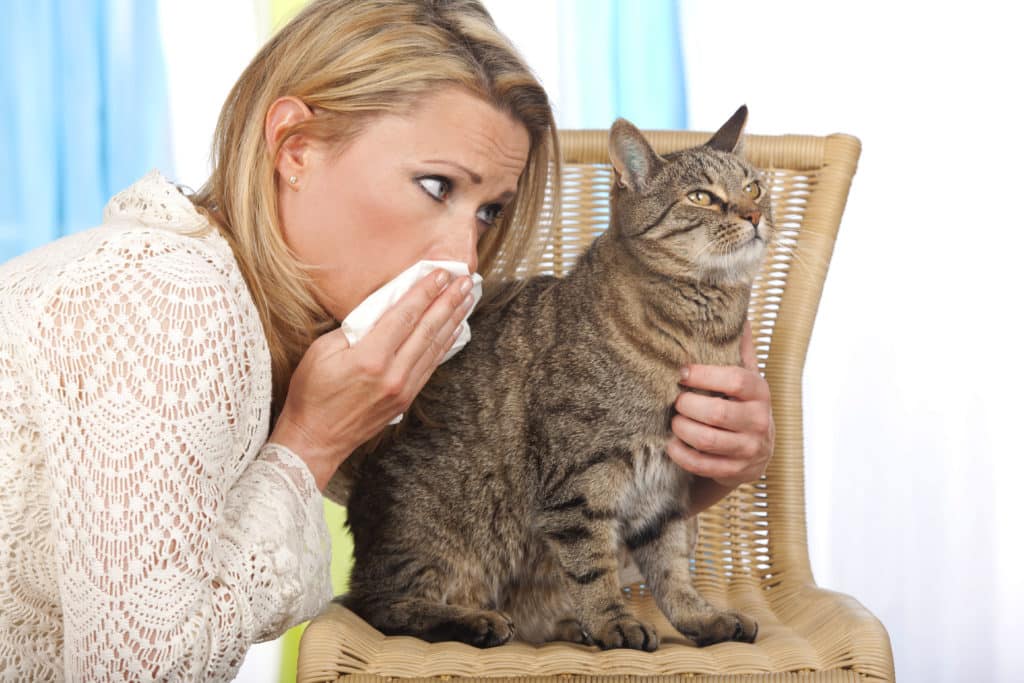

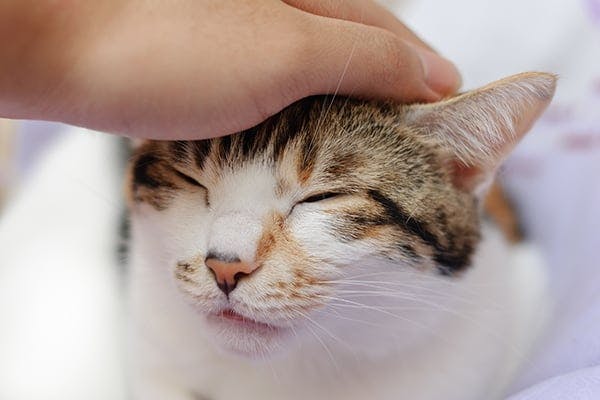



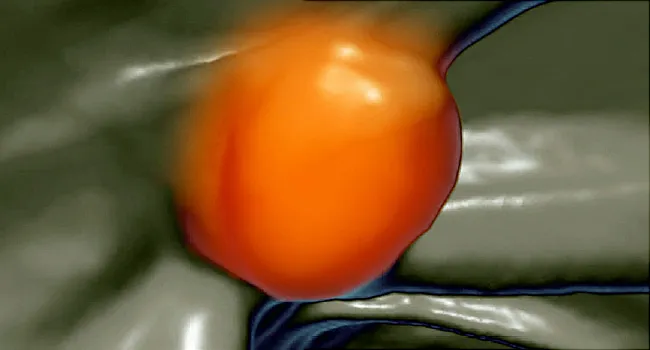
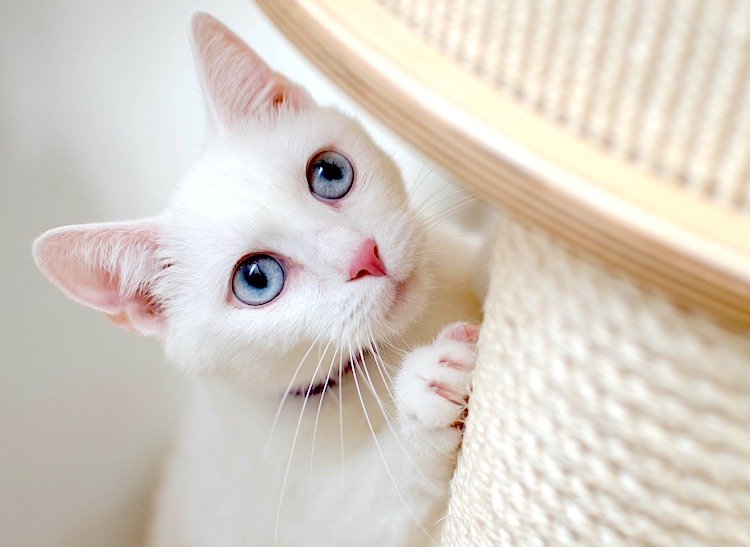





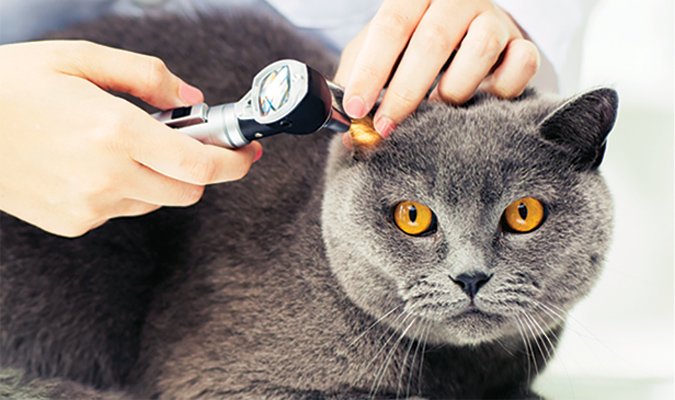
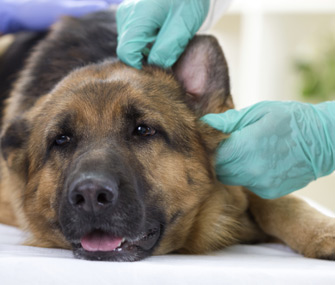

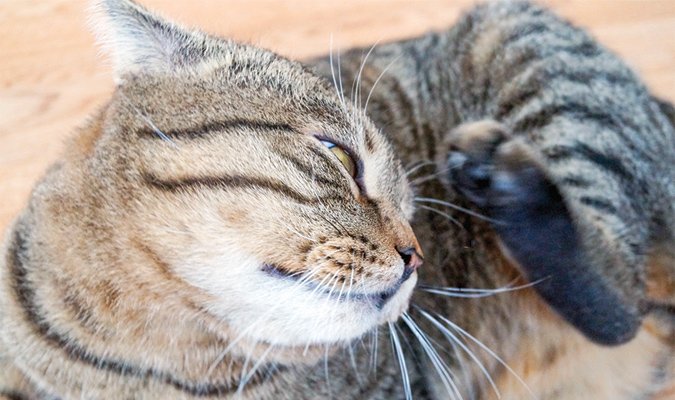

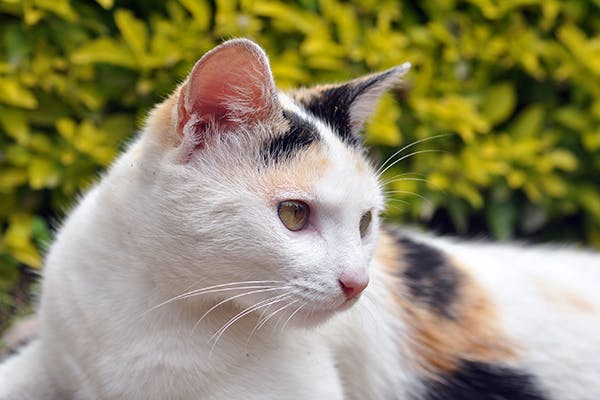
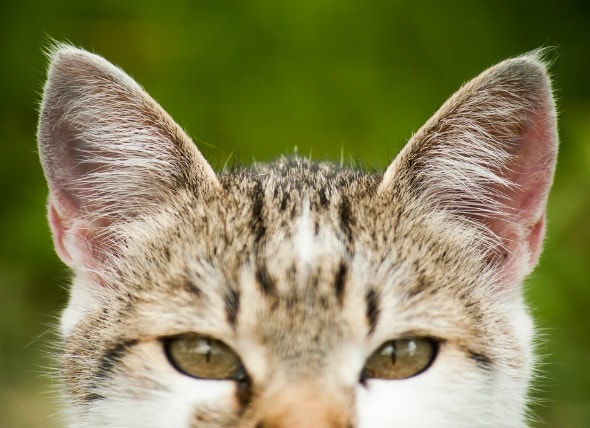











/CatEarExam182036198-56b8159b3df78c0b1364ef0f.jpg)

